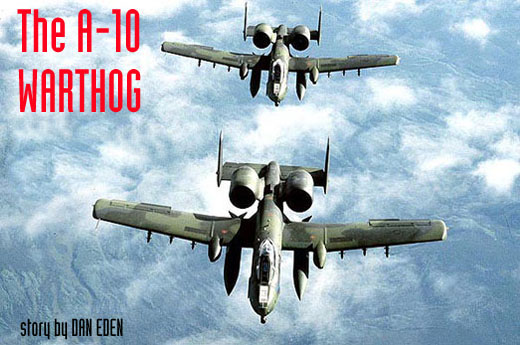We provide 70-542 certification material, 70-178 exam kit and 70-672 braindumps in easiest format. We also provide 98-366 practice exam and 350-040 dumps which are for all levels of students.

In mid-March 1999, the NATO forces began a dangerous peace keeping mission in Eastern Europe. The reports of violence and so-called "ethnic cleansing" by Serbian nationals were unfortunately remeniscent of another European regime that came to power over fifty years ago. We were reminded that this regime was allowed to fester and grow, with little or no opposition from democratic governments, until it became World War II.
The current intervention by NATO is aimed at preventing this unhumane violence from igniting another European firestorm. As the campaign begins in Yugoslavia, the reluctance to use NATO ground forces places significant reliance on air power. Bombing runs on strategic targets have been carried out from high altitudes by B-2 stealth aircraft, while precision strikes have been executed with lower flying F-117 stealth fighters. On March 27th, the US saw its first loss of this stealth aircraft, renewing the concerns that, despite their invisibility to radar, these hi-tech machines are highly vulnerable to mechanical malfunctions and can be downed much easier than other, lo-tech flying machines. As the NATO campaign begins the more aggressive phase of attacking the Serbian ground forces and tanks, the emphasis on a low-flying, highly maneuverable aircraft brings the spotlight on the A-10. Nicknamed the "Warthog" because of its unusual and somewhat ugly appearance, the A-10 is an amazing aircraft, capable of flying with damage that would ground other fighters. Its reputation in the Gulf War was earned after several warthogs returned from sorties with gaping holes in their tails and wings. This month, Viewzone will take a closer look, both inside and out, of this important attack aircraft and the brave men who fly it into combat.
|
